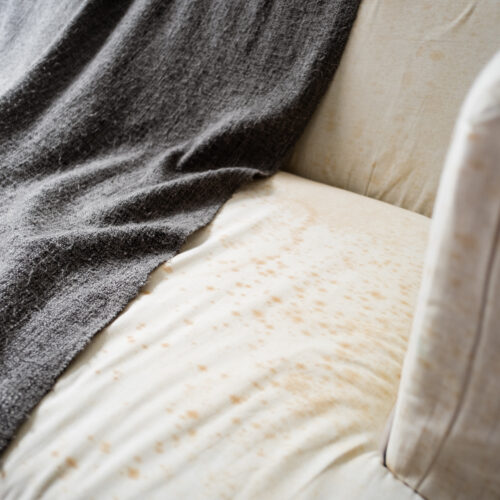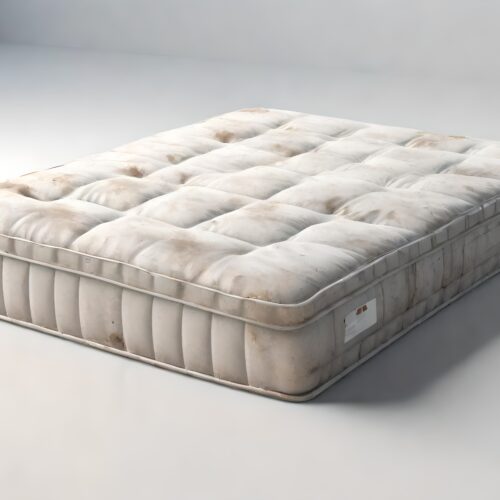December 20th, 2023 | Disaster Restoration

Webinar Recording: Deep Dive into Carpet Presprays – Boosting Cleaning Efficiency Discover the ultimate guide to carpet presprays with our in-depth [...]
Read more
Mould on upholstery is a common problem. However, upholstery is a delicate substrate that needs to be cleaned with much [...]
Read more
Mould on mattresses is a common problem. However, mattresses are a delicate substrate that needs to be cleaned with much [...]
Read more
Actichem is pleased to announce an expanding strategic partnership with Abco, a leading Australian-owned supplier of innovative cleaning products and [...]
Read more